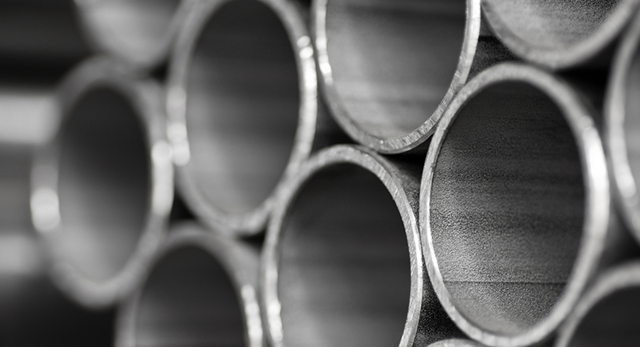
ADTO News
Advantages of Seam Steel Pipes Compared to Seamless Steel Pipes
Seam steel pipes, also known as welded steel pipes, have several advantages compared to seamless steel pipes:
Cost
Lower Production Cost
The production process of seam steel pipes is generally simpler and more efficient than that of seamless steel pipes. They are often made by welding steel strips or plates, which requires less complex machinery and fewer production steps. This simplicity leads to lower manufacturing costs, making seam steel pipes a more economical choice for many applications where high precision or extreme strength is not required.
Material Cost
Since seam steel pipes can be produced using a wider range of steel materials, including some lower-grade steels, the raw material cost can also be relatively lower compared to seamless steel pipes, which usually require higher-quality steels to achieve their superior properties.
Size and Shape Variability
Larger Size Range
Seam steel pipes can be manufactured in a wider range of sizes, especially for large diameters. Electric welded steel pipes, for example, can have an outer diameter ranging from 45 to 4000 mm and a wall thickness of 0.1 to 40 mm, with a pipe length of up to several hundred meters. This makes them suitable for applications where large-diameter pipes are needed, such as in water supply, sewage systems, or some industrial pipelines for transporting bulk materials.
Customizable Shapes
In addition to the common circular shape, seam steel pipes can be more easily fabricated into various special shapes, such as square, rectangular, or oval, to meet specific design requirements. This flexibility in shape is beneficial for applications where space limitations or unique structural needs exist, such as in construction, furniture making, or some mechanical components where non-circular pipes can provide better fit or functionality.
Production Efficiency
High Production Speed
The welding process used in the production of seam steel pipes allows for relatively fast production rates. Automated welding techniques can continuously produce long lengths of pipes with consistent quality, enabling manufacturers to meet high-volume orders in a shorter time compared to the more time-consuming processes involved in producing seamless steel pipes, such as hot rolling, cold drawing, or extrusion.
Easier Automation
The production of seam steel pipes is more conducive to automation, with advanced welding equipment and control systems that can ensure high precision and quality in the welding process. This not only improves production efficiency but also reduces the potential for human errors, resulting in a more stable and reliable product supply.
Welded Joint Properties
Improved Weld Strength
With the development of modern welding technologies and quality control measures, the welds in seam steel pipes can now achieve high strength and reliability. New welding units, equipment, and control systems enable the weld to have a strength comparable to or even higher than that of the base metal. Additionally, proper heat treatment can be applied to eliminate welding stresses and obtain a more uniform structure across the welded joint, ensuring the overall integrity and performance of the pipe.
Compatibility with Different Materials
Seam steel pipes offer greater flexibility in joining with other components or materials. Welding allows for the connection of pipes to different metals or alloys, facilitating the construction of complex piping systems or the integration of pipes with other structures. This compatibility is particularly useful in industrial applications where different materials need to be combined for specific functions or to meet diverse engineering requirements.


 Live Chat
Live Chat

